Indian painter Amrita Sher-Gil was one of the most important artists in her country in the 20th century. Observant, she tried to represent especially Indian traditions in her art.
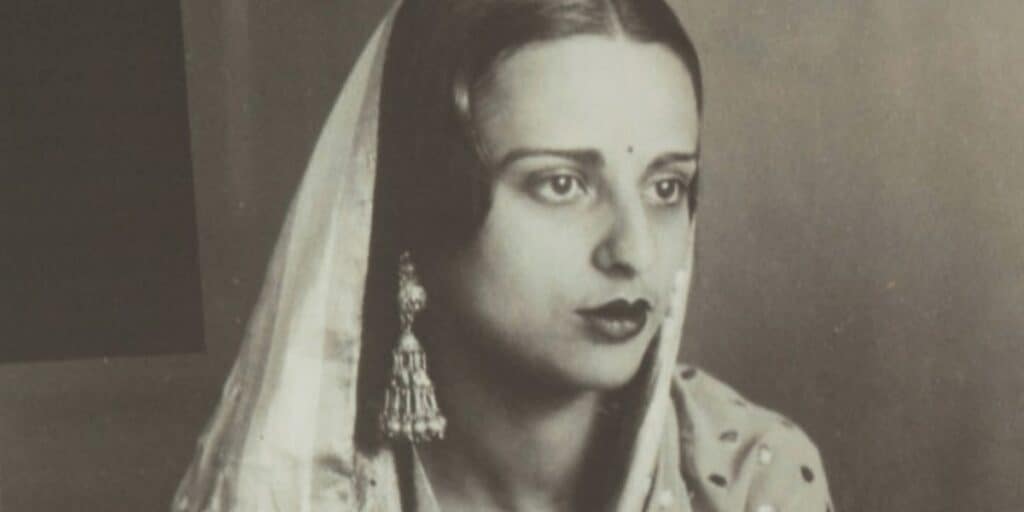
Amrita (Punjabi: امرِتا شیرگِل, ਅੰਮ੍ਰਿਤਾ ਸ਼ੇਰਗਿੱਲ) was born in 1913, in Budapest, Hungary, but still in her childhood she went to live in India, where her father came from. Amrita’s father was a Sikh aristocrat and her mother a Hungarian Jew.
And it was still very early that she started taking art classes: her formal education in painting began when she was just eight years old.
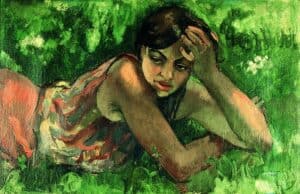
Hungarian gypsy, 1932
Amrita Sher-Gil in Paris
At the age of eleven, Amrita went to Italy with her mother, where she was enrolled at Santa Annunziata, an art school in Florence. A little older, at sixteen, she also went with her mother to Paris, where she was enchanted by the works of Paul Cézanne and Paul Gauguin, which became great inspirations in her work, at least in her first phase.
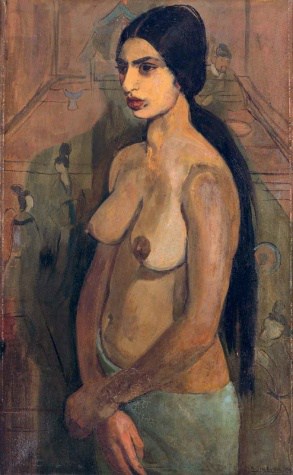
In 1933, when Amrita was twenty years old, her work Young Women caught the attention of artistic circles at the time and she was invited to exhibit at the Gran Salon in Paris. She was the youngest person to receive an invitation to exhibit at the Salon.
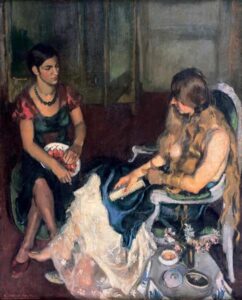
Amrita Sher-Gil, Young Girls, 1932
As was the case with many artists at that time, Amrita was greatly influenced by the techniques that were being practiced by the European vanguards. But her work will focus on Indian traditions as we will see below.
Want to learn more about art history? Get to know the online courses
Amrita Sher-Gil – the indian traditions
The following year she starts to rediscover the Indian traditions in her art, revealing in her painting details and fragments of the daily life of her country.
Around 1937, after visiting the Ajanta Caves, Amrita was quite impressed and decided to return to the classic style of Indian painting. From that time are three of her most important works.
Amrita’s works since then feature mostly those that were ignored by traditional art circles: she often depicted villagers and sick people, for example, but without focusing on poverty and misery, as Western art often did. Her artistic interest in representing her country, its traditions and daily life, made her declare:
I can only paint in India. Europe belongs to Picasso, Matisse, Braque India belongs only to me.
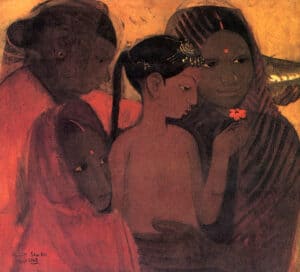
Tribal Women, 1938
The personality of Amrita Sher-Gil
For her time, Amrita was considered a very independent woman. Despite coming from an aristocratic family, she was sympathetic to the independence movements.
Contradictions and ambiguities have marked Sher-Gil’s life from the beginning, the first of them, and perhaps the most formative for her personality, being her dual European and Asian origins. This put her in a certain limbo, in an intermediate place in relation to both her artistic vocabulary and her personality.
She married her cousin, Victor Egan, in 1938, and a few years later they moved to Lahore, which is now in Pakistan, but at the time belonged to India, and was then the country’s artistic and cultural center.
Want to learn more about art analysis?
Get to know the online courses
The legacy of Amrita Sher-Gil
Amrita died at the age of 28 in 1941. Her cause of death is unknown. She became very sick, went into a coma, and died. Rumors at the time, from the family itself, accused her husband, who was a doctor, of having killed her, other versions suggested peritonitis, but nothing was confirmed.
The government of India has declared the works of Amrita Sher-Gil national treasures, and she has received numerous honors . Amrita Sher-Gil influenced an entire generation of Indian artists.
Text by Rute Ferreira
Online courses by the author
Art communication – 2 courses package: art analysis + art curating – exhibition

Rute Ferreira
I am an art teacher with a background in theater, art history and museology. I’m also specialized in Distance Education and I work in basic education. I write regularly on the Citaliarestauro.com blog and the Dailyartmagazine.com. I firmly believe that the history of art is the true history of humanity.

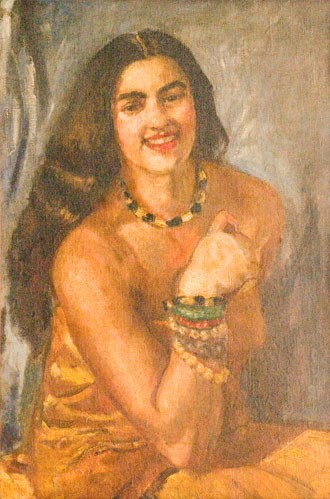


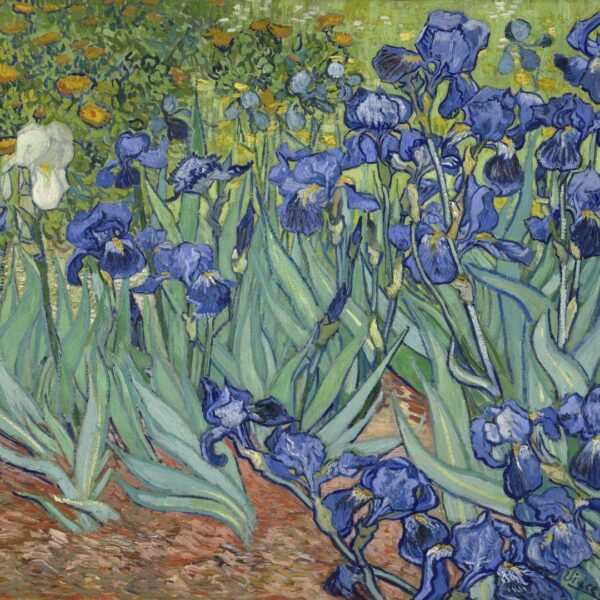


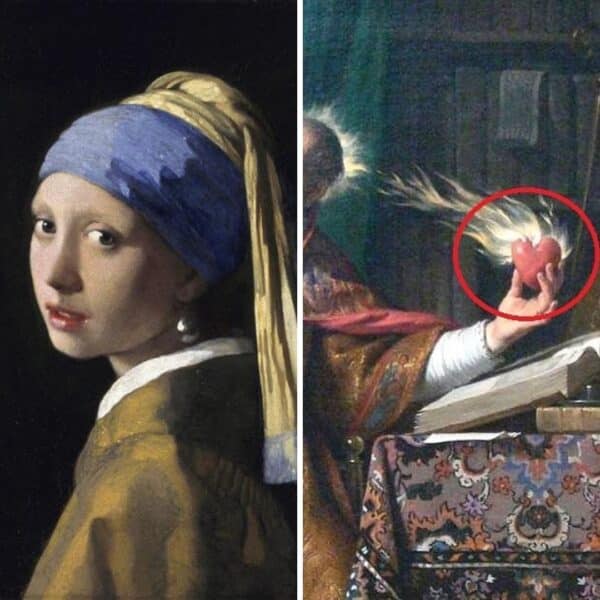



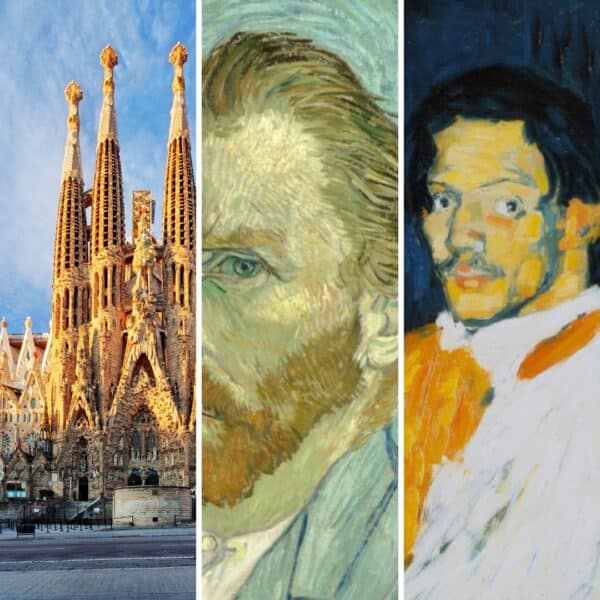


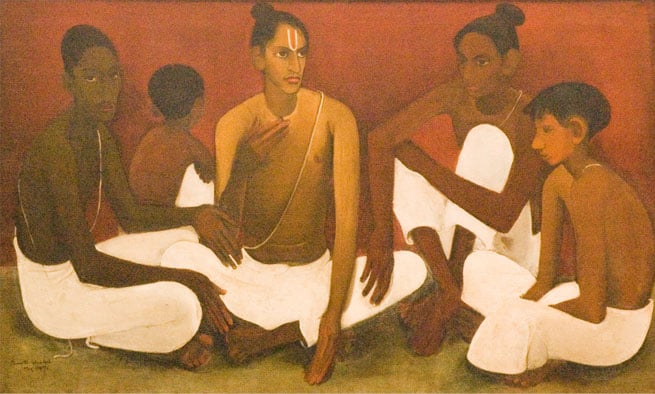

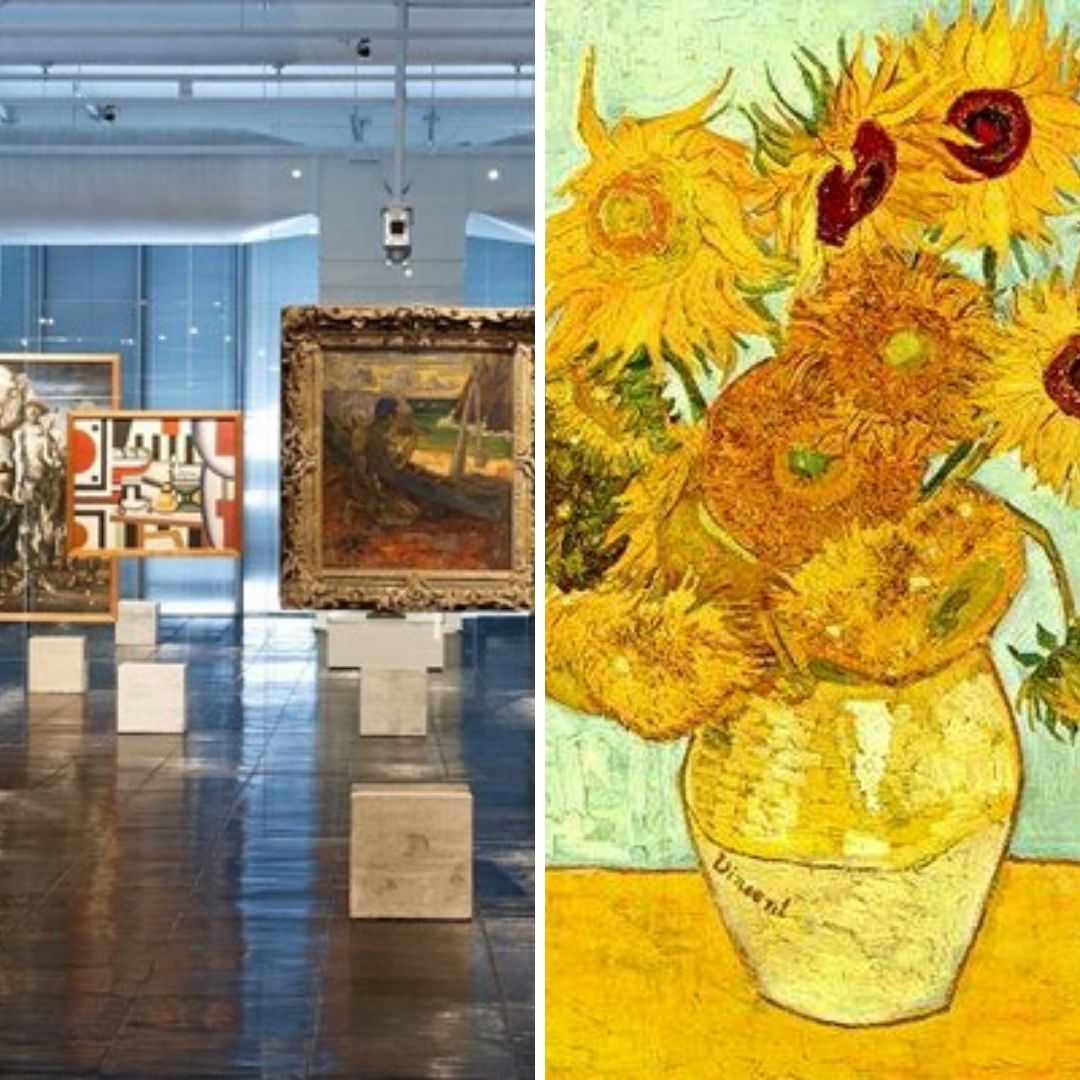
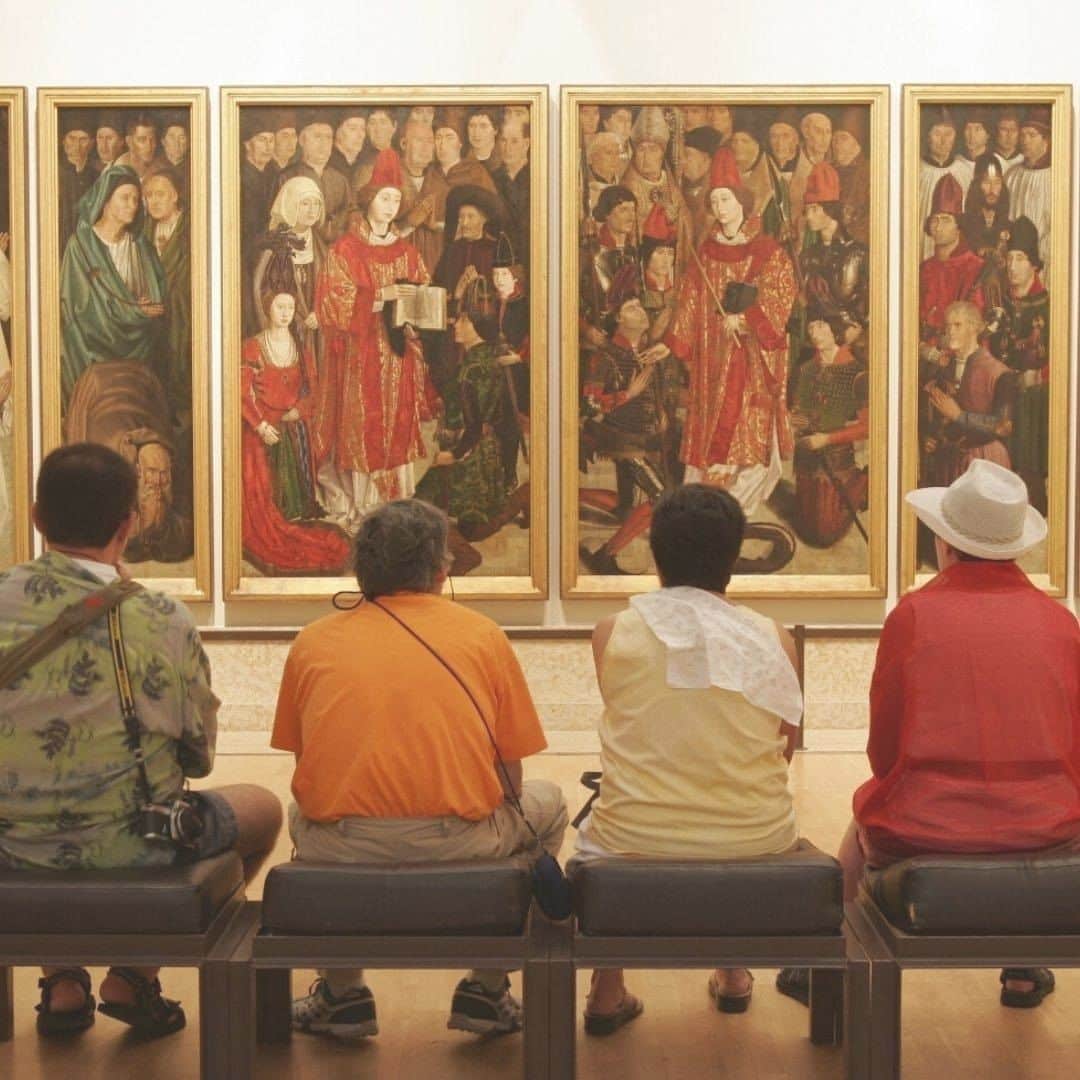


2 Comments.
I wanted to compose you a bit of observation to finally say thank you yet again regarding the nice techniques you have documented at this time. It is quite wonderfully generous of people like you in giving extensively just what a lot of people would’ve offered for sale as an e-book in making some cash on their own, chiefly seeing that you could have done it if you ever decided. These strategies additionally served as the huge way to be sure that somebody else have the identical fervor just like my own to discover out decent deal more with regards to this problem. I know there are numerous more enjoyable instances ahead for people that take a look at your internet site.
Im happy I found this blog, I couldnt learn any information on this topic matter prior to. I also run a site and if you want to ever serious in a little bit of guest writing for me if achievable really feel free to let me know, im always look for people to verify out my site. Please stop by and leave a comment sometime!